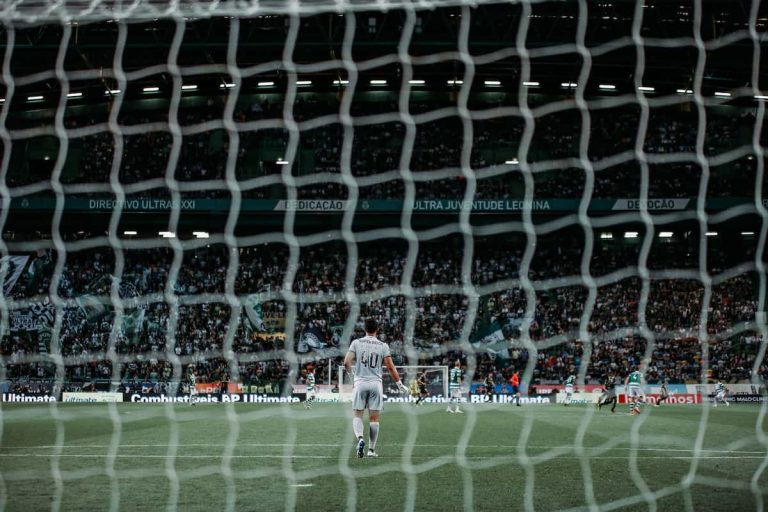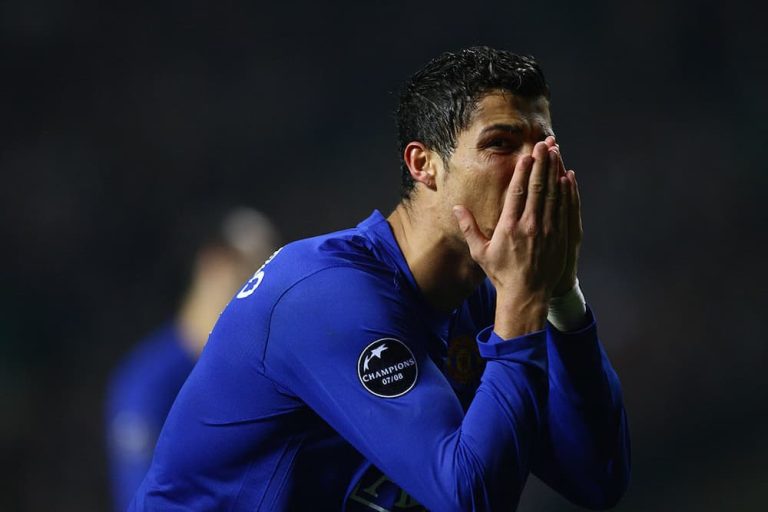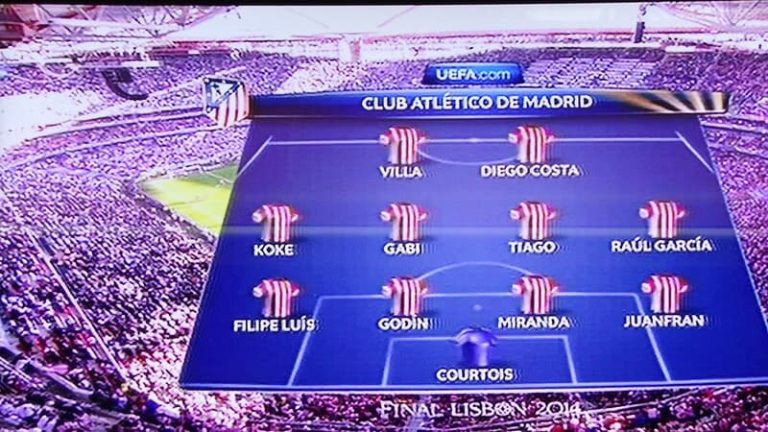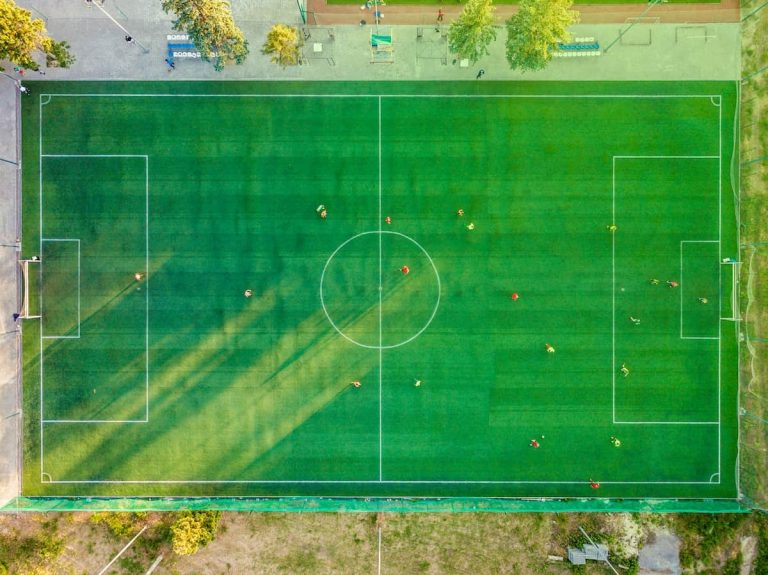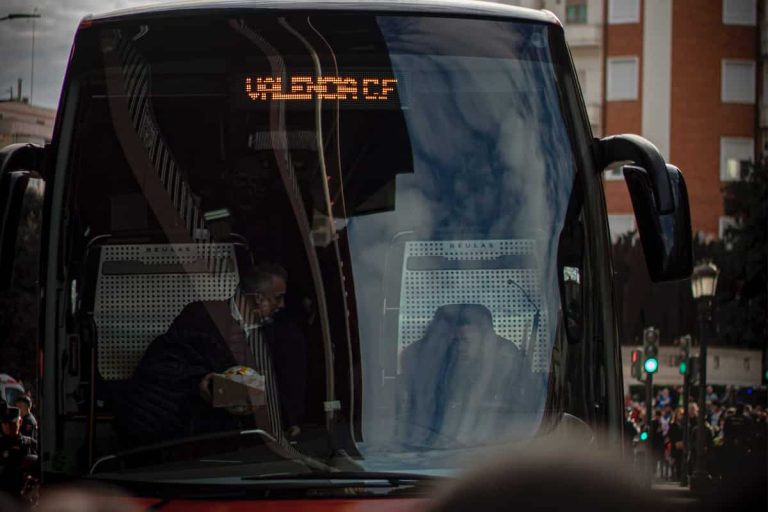How Do Footballers Communicate With Each Other?
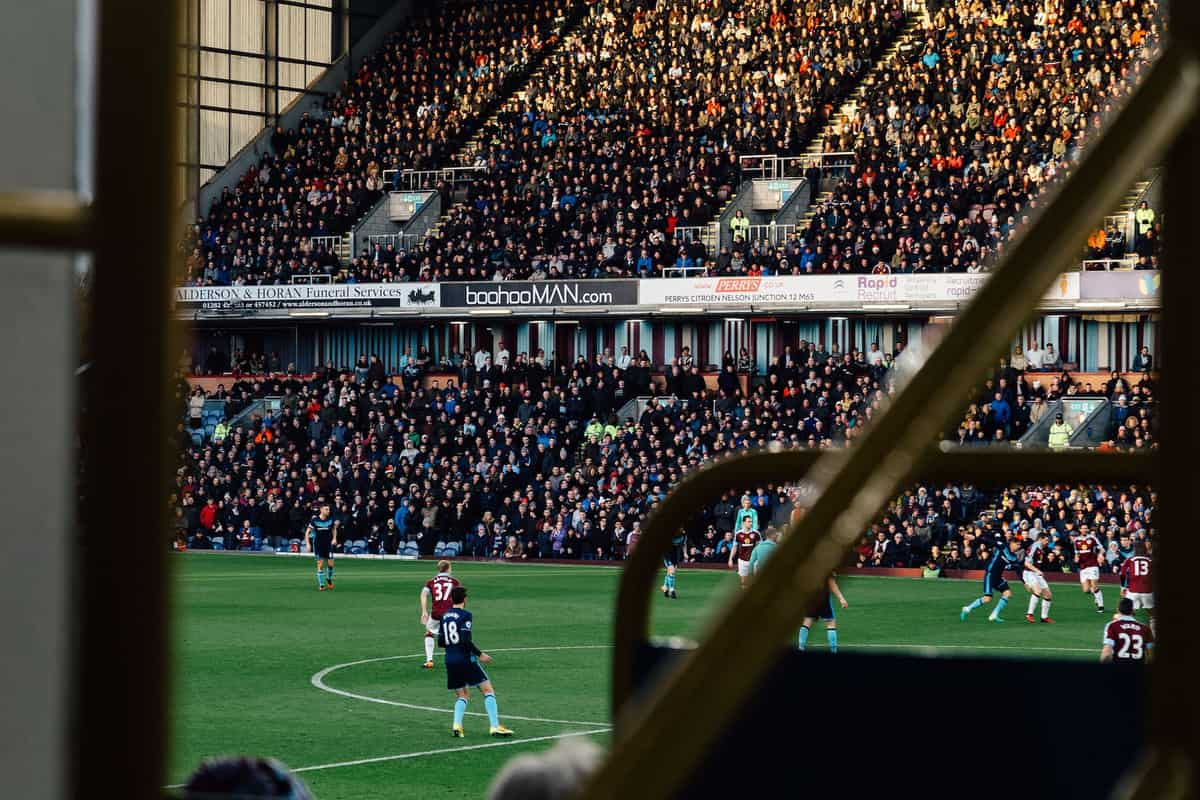
Ever wondered how footballers communicate with each other on and off the football pitch? In this Elastico article, we delve into the topic and outline different ways footballers communicate with each other.
Football players communicate with each other on the pitch by holding up their hands, pointing in certain directions, specific one word commands and more. They’ll also communicate with each other off the pitch through instant messaging group chats and conversations on the training pitch.
Football teams often have a mix of players from different countries, who speak a variety of languages, and this can cause communication issues. Because of this, managers have to find ways of communicating tactics to their players and ensure they’re able to communicate with each other during games.
Table of Contents
How Do Footballers Communicate With Each Other on the Pitch?
Body Language
One of the most obvious ways footballers communicate with each other is through body language. You may have seen footballers use different hand signals before they take a free kick or corner to communicate with their teammates where they’ll aim to kick the ball.
Here’s an example of what those hand signals might mean:
- Left hand raised = aiming for the near post
- Right hand raised = aiming for the back post
- Both hands raised = aiming for the penalty spot
- Other signal e.g. touching opposite shoulder = short corner
This method of communication is simple but effective on the football pitch, and has been used by teams for years. Because it is a non-verbal form of communication, any players who speak different languages won’t be confused by it.
You might be asking how do footballers communicate when it’s not from a set piece? While the ball is in play, footballers will often point to their teammate where they think they should pass the ball. This could either be into space for them to run onto, or to another teammate in a different direction.
Simple Language
Another method of communication that footballers use is simple language. Simple, one word commands are universal for players who speak different languages. Here are some examples of common one word commands:
- “Pass” – wanting to receive a pass from a teammate.
- “Again” – wanting to receive another pass.
- “Time” – telling a teammate they’ve got time on the ball, meaning no opponents are near them.
- “Man on” – telling a teammate they are about to get tackled by an opponent they can’t see.
- “Square” – wanting to receive a pass from a teammate next to you.
- “Down the Line” – asking for a through ball down the line.
How Do Footballers Communicate With Each Other off the Pitch?
Group Chats
Just like everyone else, footballers communicate over instant messaging services. In this day and age, most football clubs will have a WhatsApp group that includes all the players and management team. This makes it really easy to organise training session times and match day logistics.
Group chats like these can really help to build camaraderie between the players and management team. Players will also have private chats with other teammates who are close friends with them within the team.
Via Other Players or Coaches
Teams often sign players from different nationalities, meaning there are a number of languages spoken within the dressing room. If a new signing is moving into an environment where they can’t speak the primary language spoken, they will rely on a player or coach who can speak both languages.
This regularly happens in football, and there are many example of players signing for teams and needing some time to learn another language:
- Gareth Bale – Bale moved to Real Madrid, not knowing any Spanish. Former teammate Luka Modrić and coach Paul Clement translated team talks for Bale to make sure he understood what was said. In time, Bale learnt Spanish and was able to understand the team talks himself.
- Chris Smalling – Smalling moved from Manchester United to Roma in 2019, not knowing any Italian. As of 2022, Smalling is fluent in Italian and is even able to carry out post-match interviews in this language. Watch the moment where he impressed Roma fans by doing a post-match interview in fluent Italian
How Does a Football Manager Communicate With Their Players?
At Team Meetings
Regular team meetings take place at football clubs. This is where the manager and their coaches inform the players what tactics they want to implement in the next match. If there are players within the team who don’t speak the primary language, there are other helpful ways to communicate with them:
Videos and Diagrams
Videos and diagrams are non-verbal tools of communication that a coach can rely on in team meetings. Players are likely to understand what’s going on in videos and diagrams based on the movement and outcomes of them.
If they need any clarification, they can then speak to a player or coach after the meeting. They’ll be able to clear anything up for them in a language that they understand.
Tactics Whiteboard
We’ve all seen the iconic football tactics board before. A manager or coach will use magnets to represent their team, the opponents and the ball to communicate specific tactics to their players.
They’ll use verbal communication during these talks, however most players will understand what is going on by watching what they demonstrate on the board.

